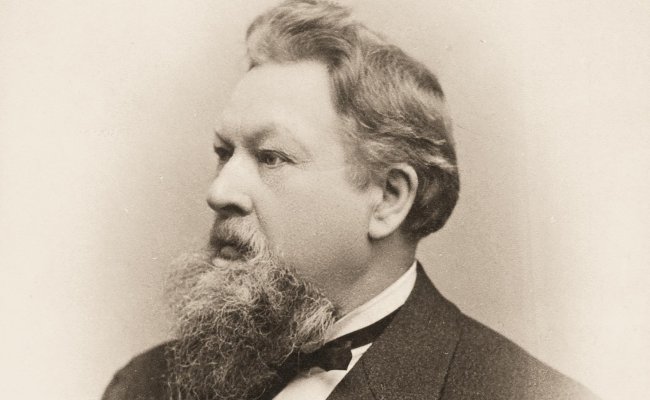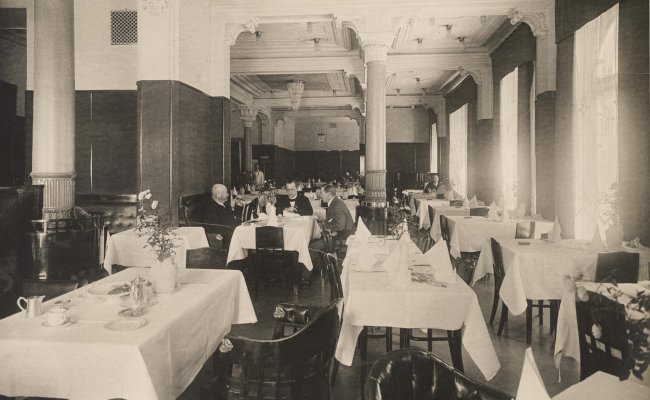History
The 130-year old Hotel Kämp has seen and experienced a great deal. It is safe to say that the Hotel has played a significant part as the stage for remarkable events in the history of Finland and Helsinki - the story of the five star luxury hotel is one worth telling.
Carl Kämp, born in 1848, moved to Helsinki at a young age and started to make a name for himself in the restaurant industry. He quickly became a well-known and respected restaurateur whose goal was to design, fund and build a modern and continental hotel in Helsinki.







